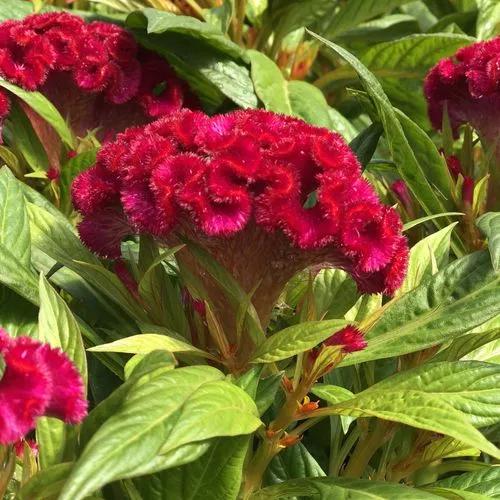February Daphne is easy to identify by its small, pink, or purplish flowers that appear on bare branches in early spring before the leaves have begun to grow. The plant's common name refers to the timing of its blooms, which typically appear in February.
February Daphne Care
Daphne mezereum



February Daphne (Daphne mezereum) is a deciduous shrub native to Europe and Asia. It reaches a height of 5 feet (1.5 meters) and has a broad, spreading habit and a dense, twiggy structure. Some things to look for are the generally thorny branches and lanceolate, glossy, and dark green leaves that can be around 1.6-3 inches (4-8 cm) in length. The flowers have a sweet, fragrant scent, and small, dark red berries follow them in late summer or early fall. However, all parts of the plant, including the leaves, stems, flowers, and berries, contain toxic compounds that can cause severe symptoms if ingested, such as nausea, vomiting, stomach pain, diarrhea, and in severe cases, seizures, and even death. The sap of the plant can also cause skin irritation and blistering, keep that in mind.
How to Care for the Plant

Container

Choose a large and durable container since the plant can reach up to 5 feet (1.5 meters) in height. Use a container with good drainage to allow excess water to drain away and prevent waterlogging.

Fun fact

Despite having a pleasing aroma, February Daphne cannot be used in the perfumery industry due to its toxic compounds.

Popularity

464 people already have this plant 148 people have added this plant to their wishlists
Discover more plants with the list below
Popular articles






